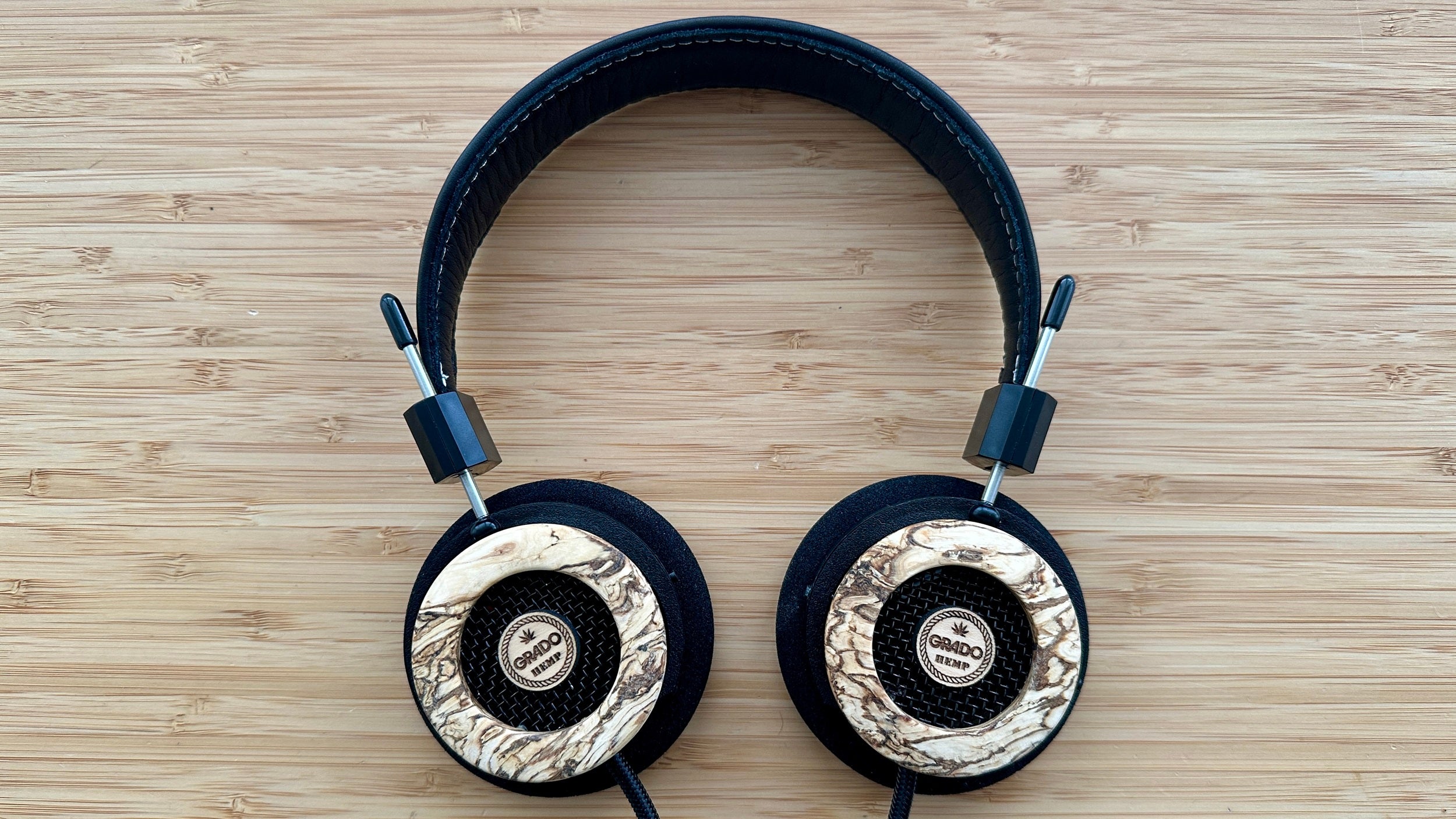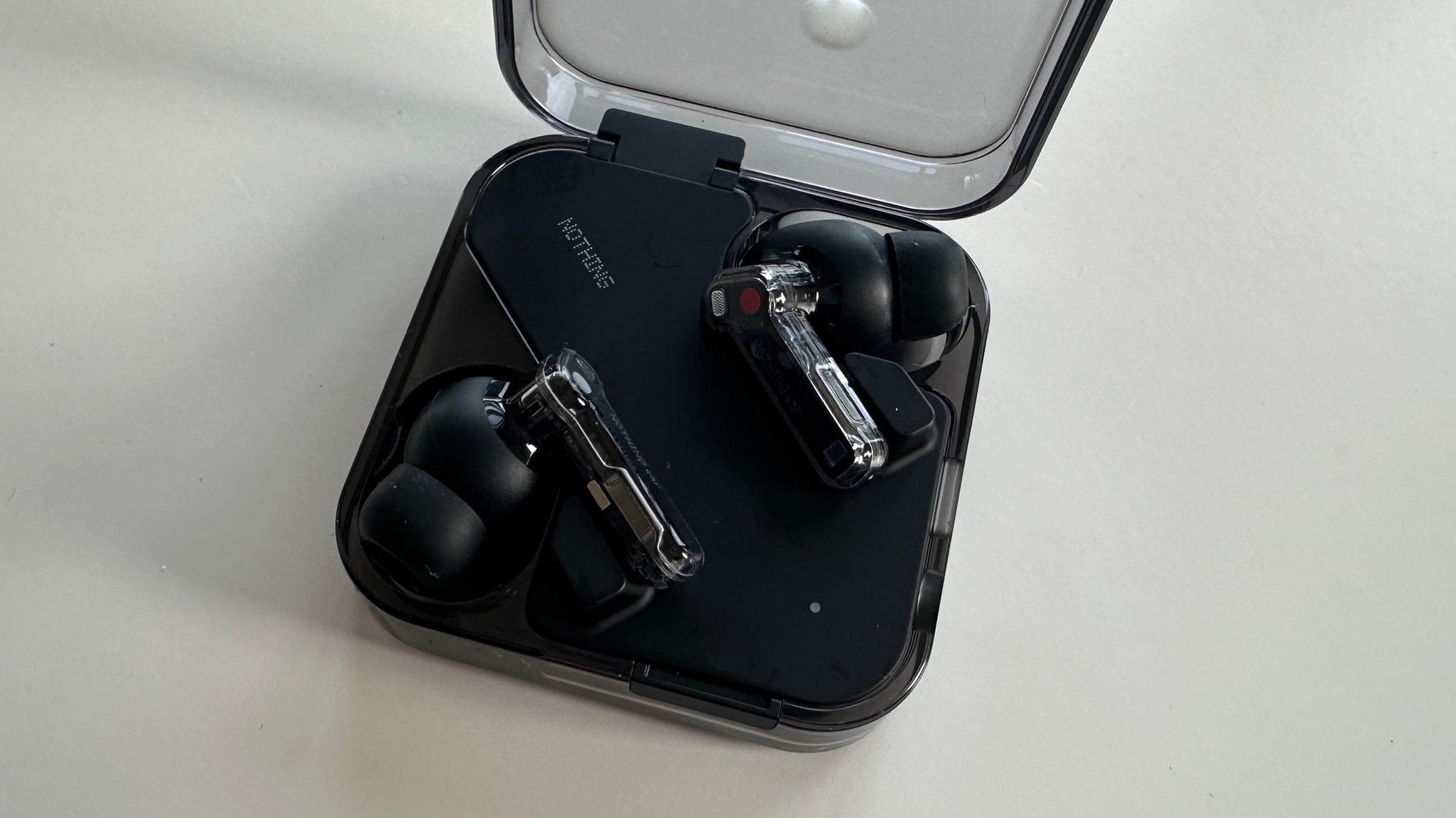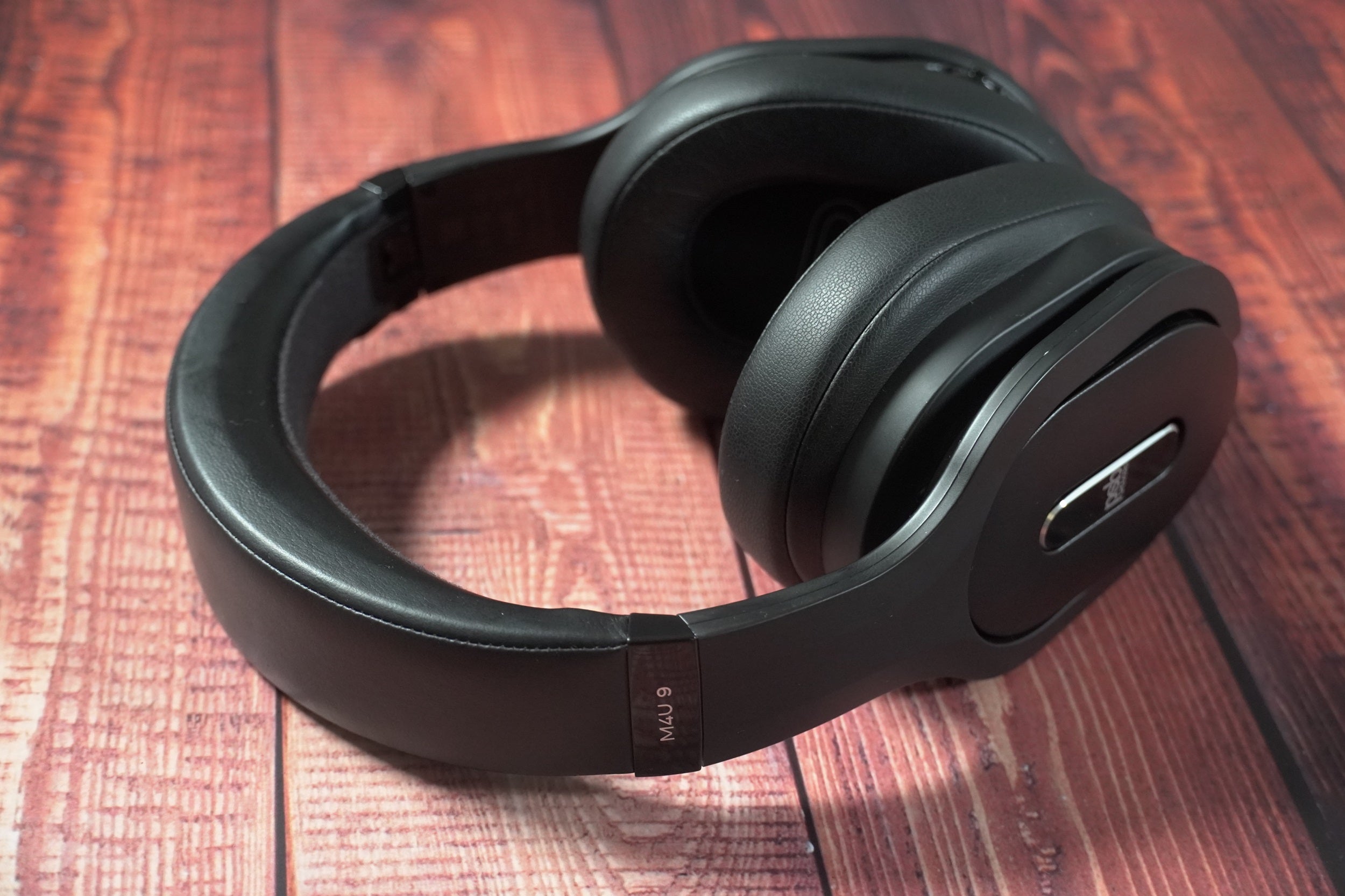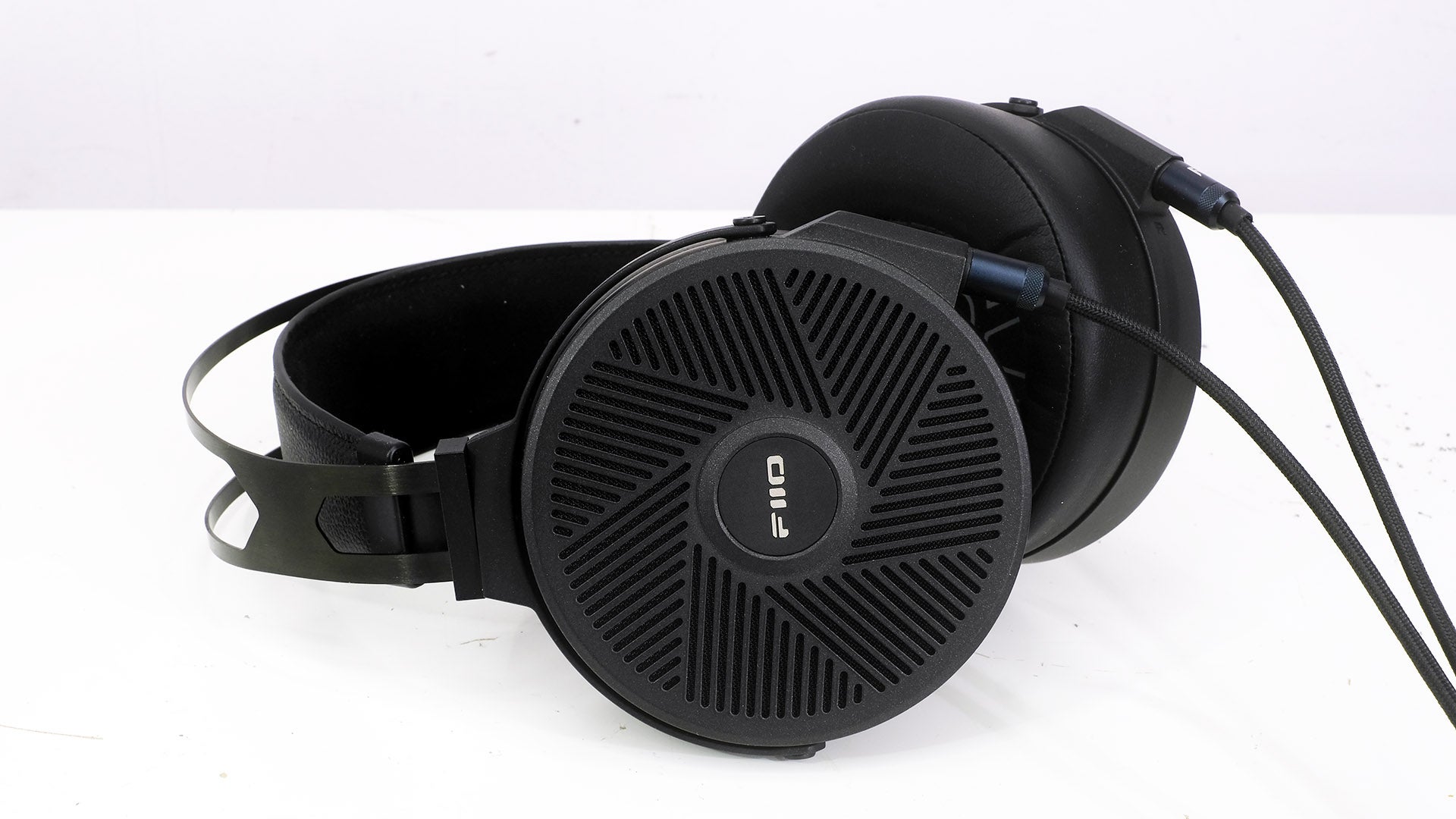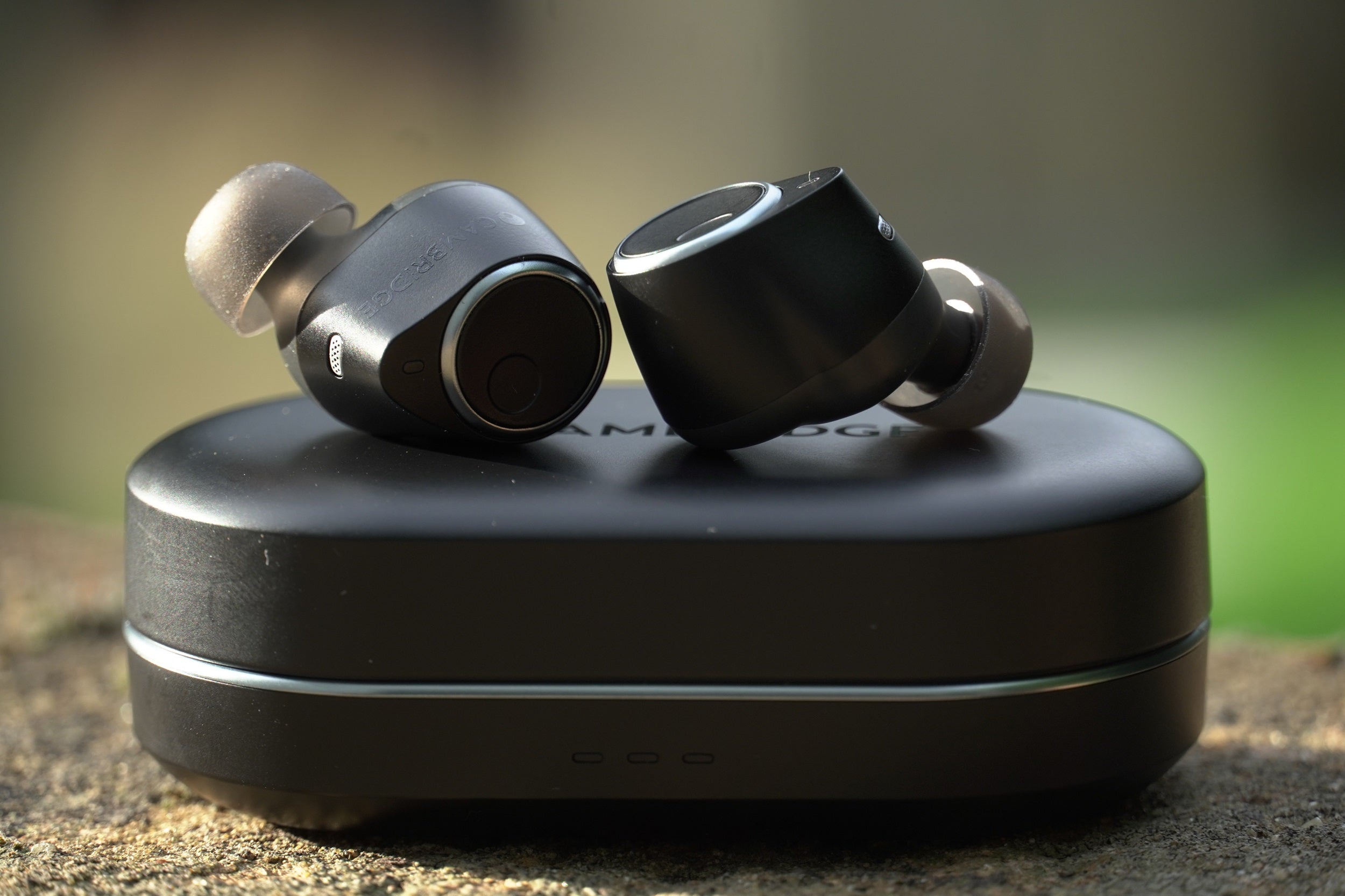Sivga Oriole Review
Sivga's latest over-ears look absolutely lovely
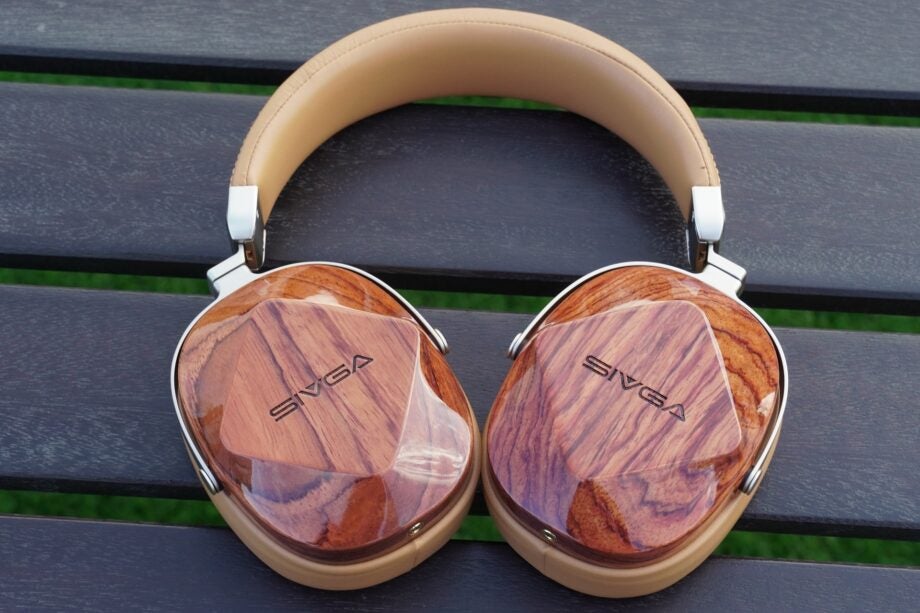
Verdict
The Oriole over-ears from Sivga feature terrific aesthetics and build quality, but their sound signature is an acquired taste, and they’re more expensive than Sivga’s Robin headphones, which I’d consider to be better in sound and value.
Pros
- Crisp, lively presentation
- Gorgeous looks
- Fit well
Cons
- Can sound too lively
- More expensive than Robin model
Availability
- UKRRP: £219
- USARRP: $199
- EuropeTBC
- CanadaTBC
- AustraliaTBC
Key Features
- Impedance32 ohms makes these headphones easy to drive
- DesignRosewood combined with glossy piano paint for earcups
- Sound50mm dynamic drivers
Introduction
Chinese audio brand Sivga wasn’t on Trusted Reviews radar not much more than a year ago, but since this site became acquainted with the Robin SV021, it has delivered headphones that have ranged from solid to very good.
The Oriole is the latest offering, reportedly replacing the (still available) Robin SV021. Having awarded them four-stars, those headphones have become steady favourites of mine. The smooth, detailed presentation, great aesthetics and easy-to-drive nature make them a great option around the £150 mark.
If they are indeed replacing the SV021, the Oriole will need to hit a higher level of performance, but at the same time not simply repeat the Robin. And it’ll have to do so hitting a more expensive price point. Mission accomplished or mission failed?
Design
- Great looks
- Good comfort
- Swivel hinges for earcups
Did you know that an Oriole is a bird? No? Me neither, and quite what a bird could have to do with the inspiration for a pair of headphones eludes me, but the naming convention continues on from the Robin – so perhaps Sivga has a passion for birds.
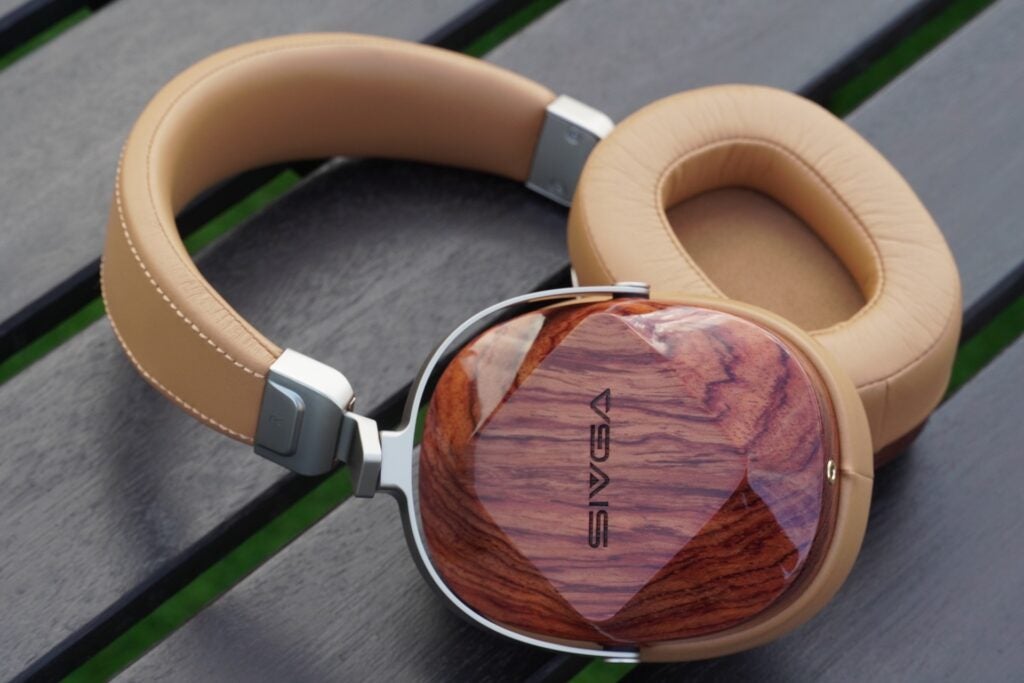
It also churns out some lovely-looking headphones and the Oriole are one of the most gorgeous I’ve laid eyes on. The glossy piano paint finish is of high quality, the Sivga logo laser engraved into each natural high density rosewood used for the earcups, with a hemp carry bag provided to protect them during transportation. These are headphones to covet as much as (hopefully) listen to.

Initially these were headphones that felt tight to wear – Sivga describes them as a compact design and they are smaller than expected – with a little pinch around the ears but give them time and they’ll wear in. They remain a little tight around the ears but nothing in the realm of being uncomfortable. They differ from the Robin in that the padding isn’t as thick (the Oriole hew closer to the head as a result), and the shape of the earcups is square rather than oval, which tends to have an effect on the shape and size of the soundstage you’ll hear.
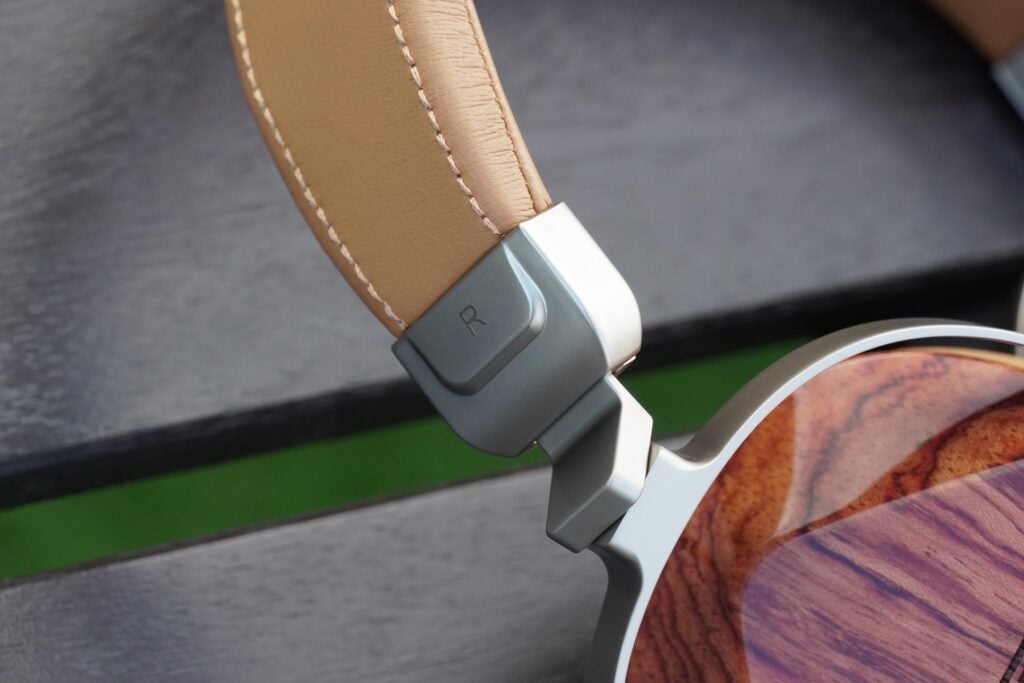
There’s a good degree of movement in the earcups with the swivel action, presenting some practical reasons too in offering some more room in finding a good fit and better seal to match your heads, and like any over-ear headphone the headband is adjustable.
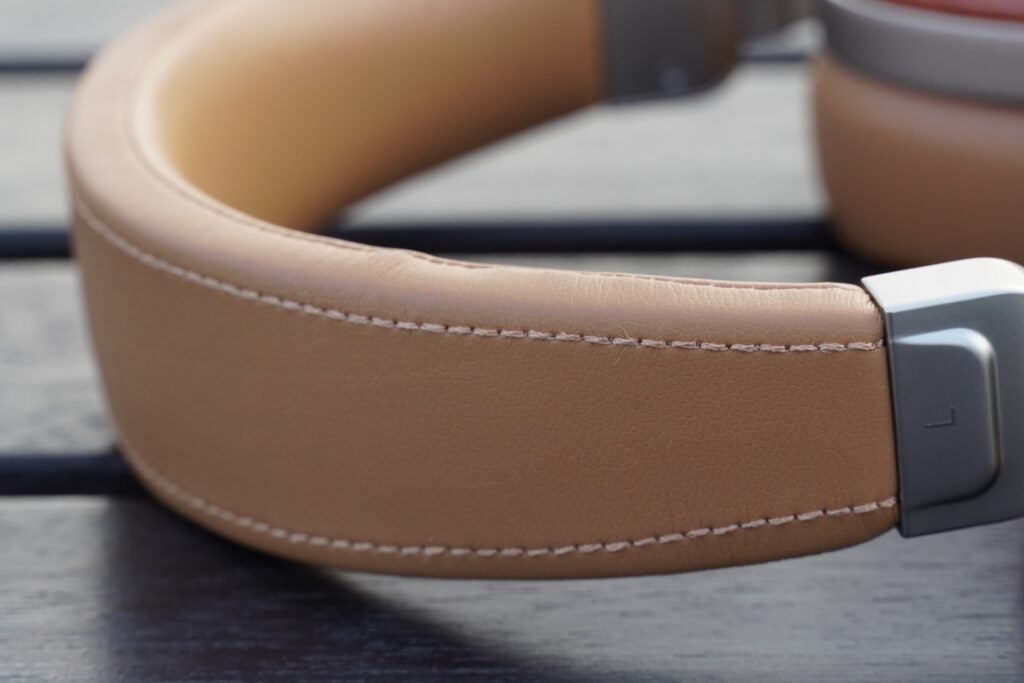
While there’s not as much padding on the earcups, both that and the underside of the headband feel cushy nonetheless. I didn’t experience many problems over longer listening sessions, and the clamping force is good – they conform to the head without their presence becoming overbearing.
With a mix of wood and metal parts, the Oriole achieves a natural, crafted look that’s certainly among the more interesting around its price point. They’re available in both black and brown (this sample) finishes.
Features
- Easy to drive with laptop/mobile device
- 50mm dynamic drivers
The first aspect to know about the Oriole is that they’re easy to drive. An impedance of 32 ohm is enough for a laptop or smartphone (with 3.5mm jack) to sufficiently drive them, though utilizing a DAC will no doubt help in both driving the headphones and shaping the sound.
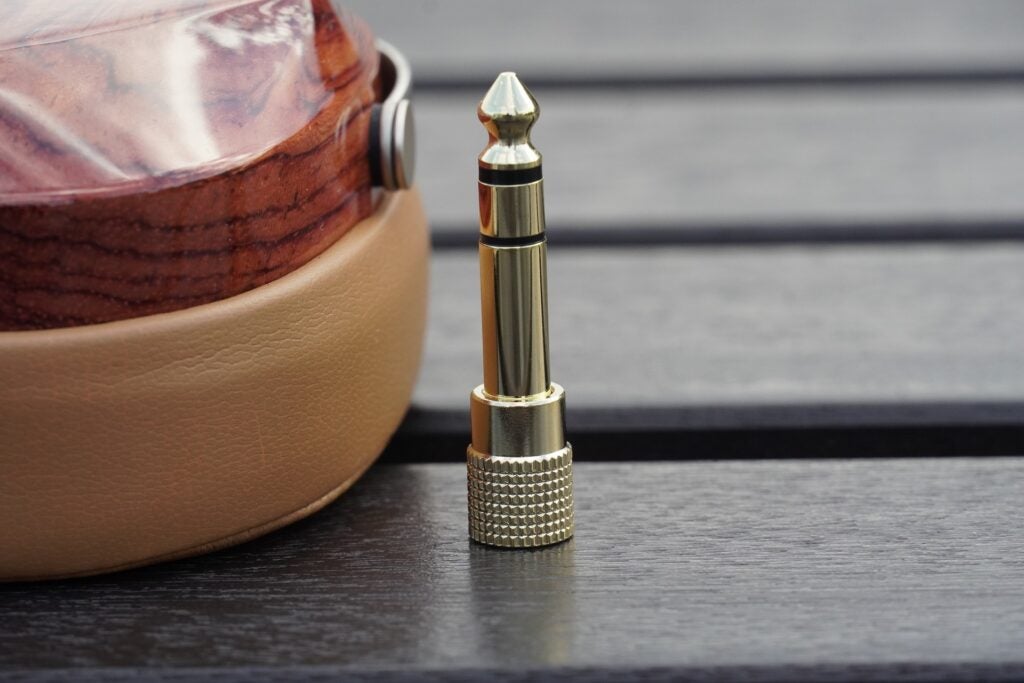
Packaged with the headphones is a 1.8m long cable, plus a 3.5mm to 6.3mm adapter for connecting to hi-fi that supports that input. Frequency range is judged at 20Hz – 20kHz, all fairly standard in that respect, with the headphones featuring a sensitivity of 108dB, which indicates these headphones can get fairly loud when pushed.
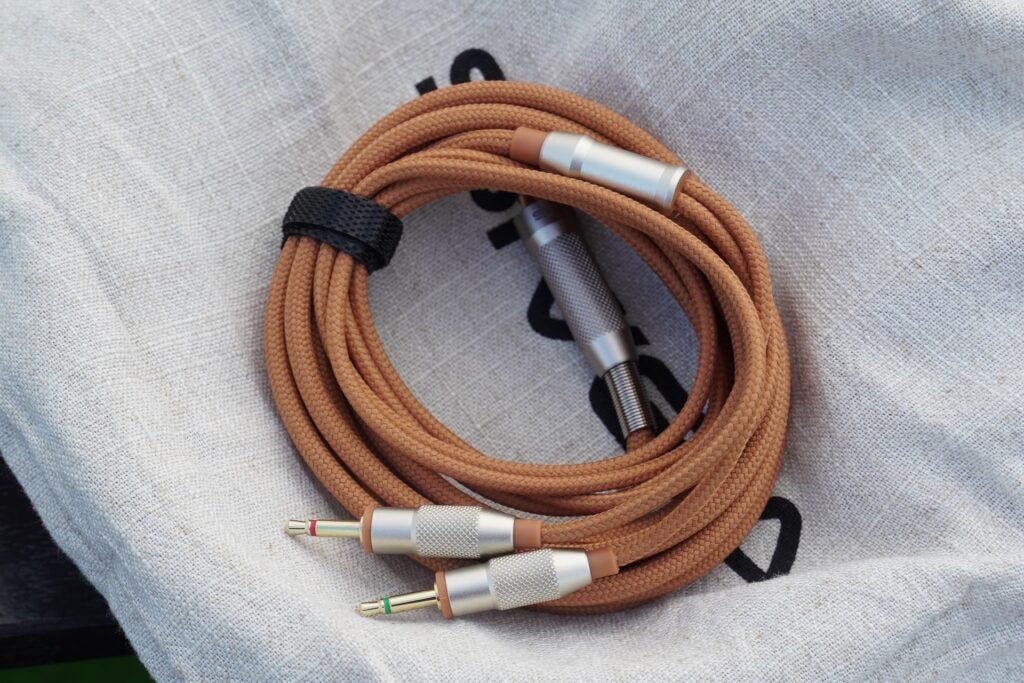
There’s nothing flashy about the drivers they use either. They are large 50mm dynamic drivers, matching the Robin SV021. In fact, nearly all the specs match that of the Robin, the only minor difference being the Oriole features a slightly higher sensitivity rating.
Sound Quality
- Crisp, lively performance
- Lacking a degree of definition and clarity
Sivga’s stated target for the Oriole’s sound is moderate bass, a smooth midrange, and ‘exquisite’ treble performance with a wide soundstage that features good separation between the various elements that make up the sound. Having run them over the course of a few days (around 55 hours), I’m not sure the headphones have arrived at Sivga’s target.
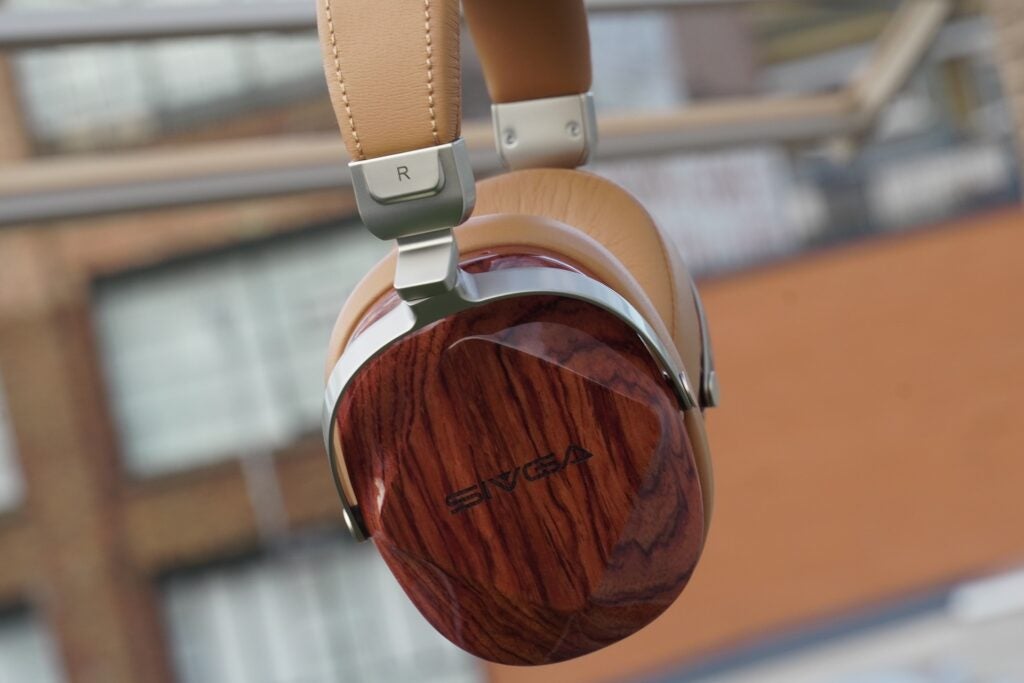
Listening to Simon Franglen’s Avatar: Way of Water on Qobuz and the Oriole are quite happily dynamic in their approach. Bass is taut and punchy, its overall sense of dynamism is attention-grabbing and impactful with the Masks Off track, but its sense of definition and detail is loose and shaggy; the Robin is clearer and smoother by comparison.
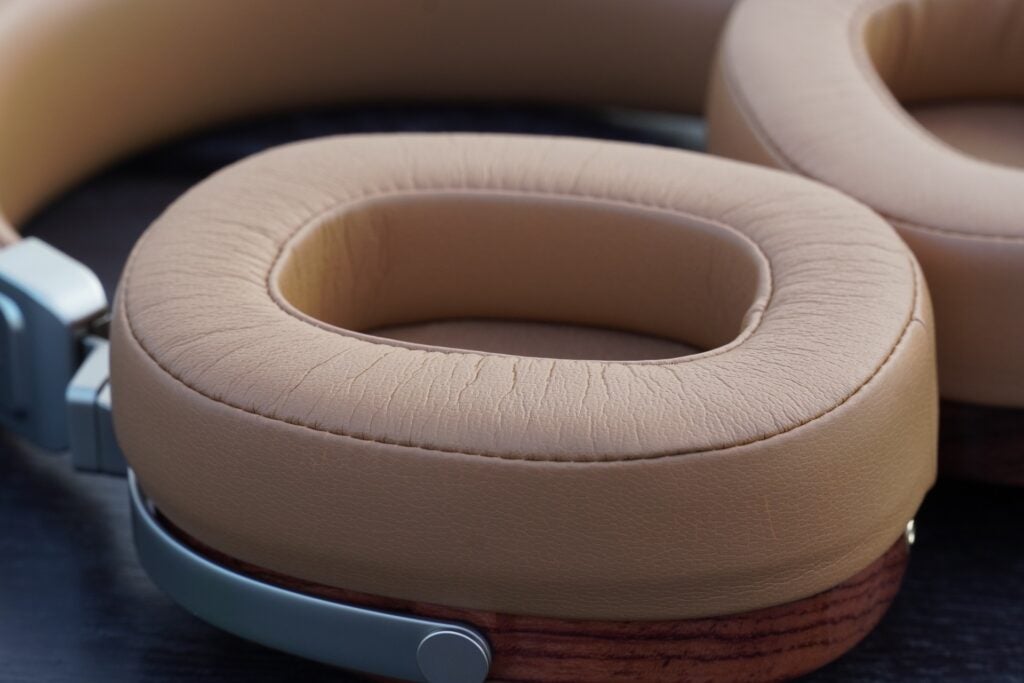
Treble takes on a pointed, sharp and rather bright tone, not to the point of harshness but flirting towards being a little too bright for my tastes. Tonally, the Oriole are distinctive, crisp-sounding pair of over-ears with a rapacious sense of energy and attack that makes them engaging and exciting, but also not too subtle either.

The midrange, especially vocals, can sound crudely defined at times; Noah Cyrus’ voice in Stand Still lacks smoothness and not the same sense of detail that the Robin can provide – lowering the volume can alleviate some of its coarseness but I can still sense it there. With Takuya Kuroda’s Fade, the Oriole digs into the track with breathless energy, with plenty of shine and bite at the top end and punch to the low frequencies, but the soundstage is a little compact to be described as spacious, a little too loose with its sense of separation and definition of voices and instruments.
Latest deals
Should you buy it?
If you like energy and attack: These headphones provide plenty of it, though their crisp tone does verge on coming across as coarse, lacking the smoothness of Sivga’s own Robin model.
You desire greater detail and subtlety: These are a lively pair of headphones, their tuning fits some music genres better than others (such as classical music).
Final Thoughts
These are headphones with plenty of snap and impact, a pair of headphones that grab your attention with their liveliness but miss out in terms of subtlety, smoothness and detail. I like them, especially with classical and soundtrack music which seems to suit their tuning much better, but not as much as I like the Robin model.
I imagine these headphones will be divisive; some will love their levels of energy and attack across the frequency range, others will find them a little too lively and perhaps even one-note in their approach.
They look great and fit well enough but cost more than the Robin which are still available. Despite matching specifications they’re different enough in their approach to sound to not tread on each other’s toes, the Robin smoother and more composed, the Oriole more dynamic and crisper. An enjoyable listen, but not necessarily all things to all people.
How we test
We test every set of headphones we review thoroughly over an extended period of time. We use industry standard tests to compare features properly. We’ll always tell you what we find. We never, ever, accept money to review a product.
Find out more about how we test in our ethics policy.
Tested across a month
Used with Hi-res streaming services
FAQs
In terms of connecting to other devices/hi-fi equipment, the Sivga Oriole is packaged with a 6.3mm adapter.
Full specs
Sustainability
Trusted Reviews’ holds the fact that global warming is not a myth as a core value and will continuously endeavour to help protect our planet from harm in its business practices.
As part of this mission, whenever we review a product we send the company a series of questions to help us gauge and make transparent the impact the device has on the environment.
We currently haven’t received answers to the questions on this product, but will update this page the moment we do. You can see a detailed breakdown of the questions we ask and why in our sustainability info page.


